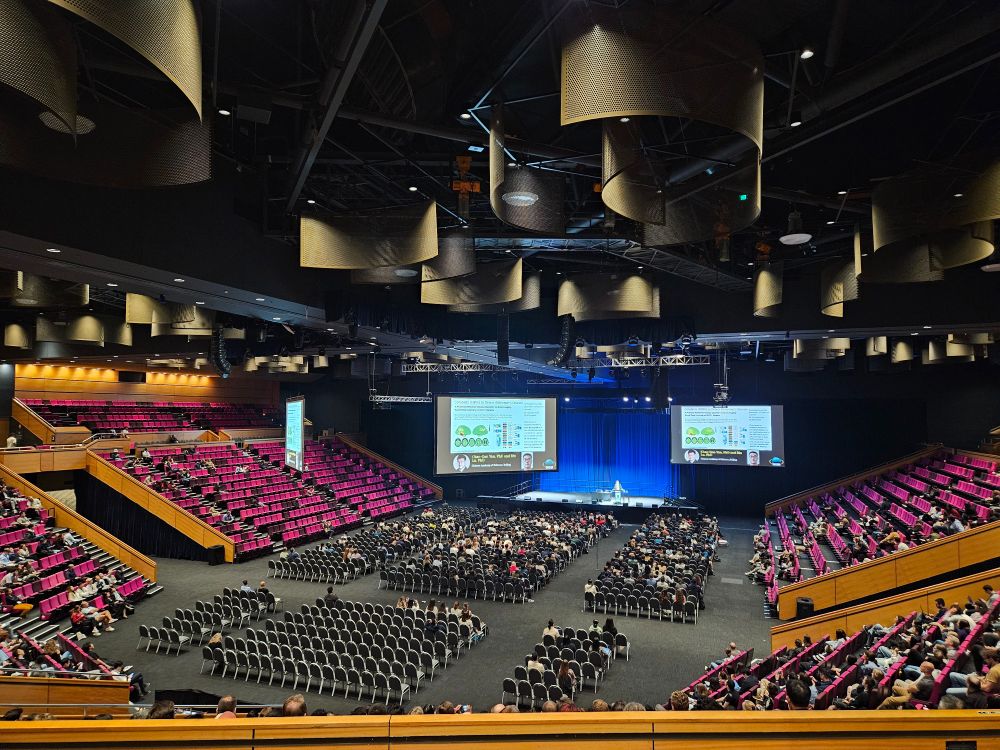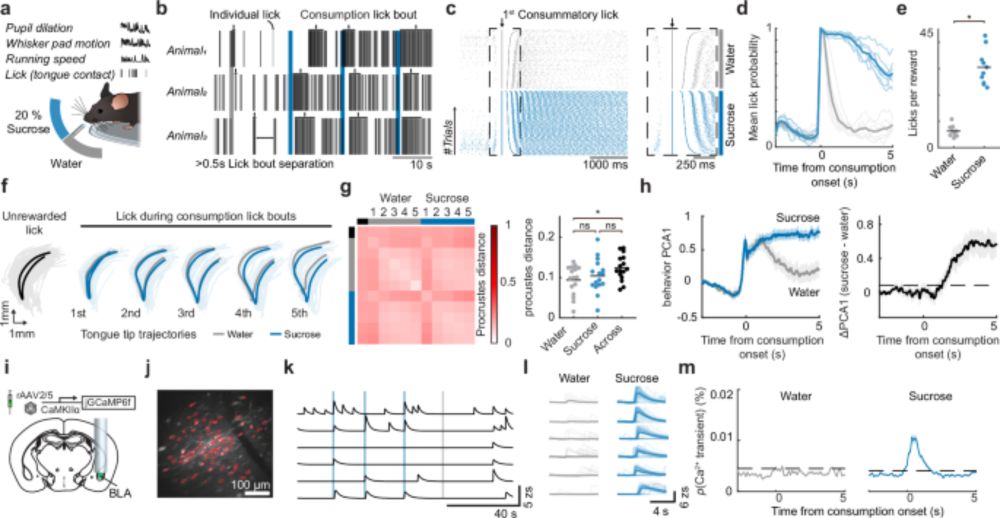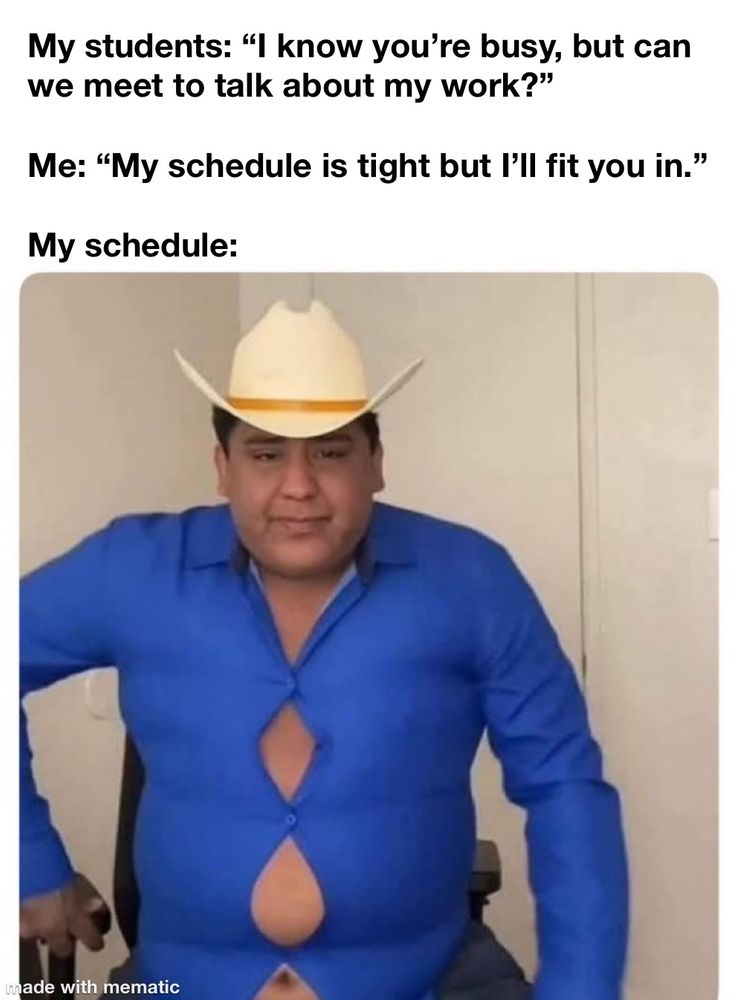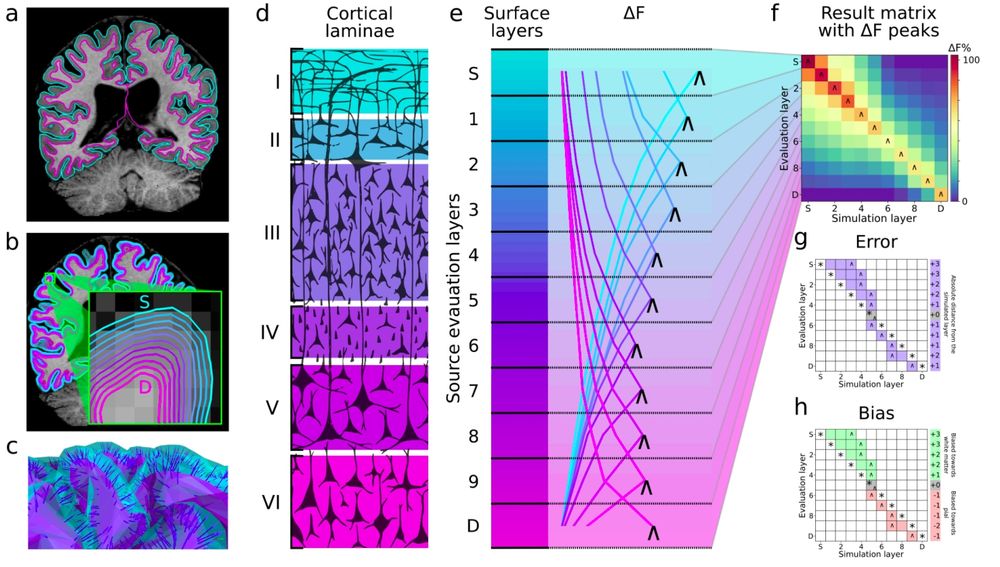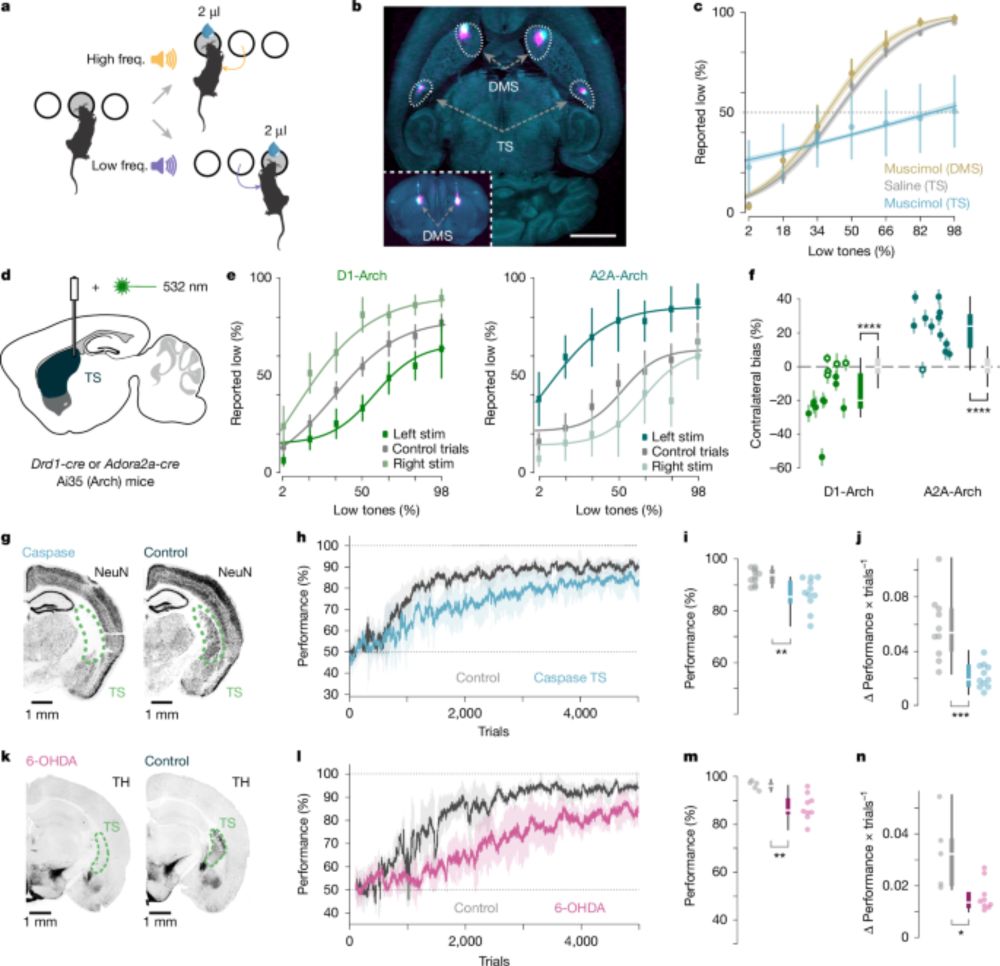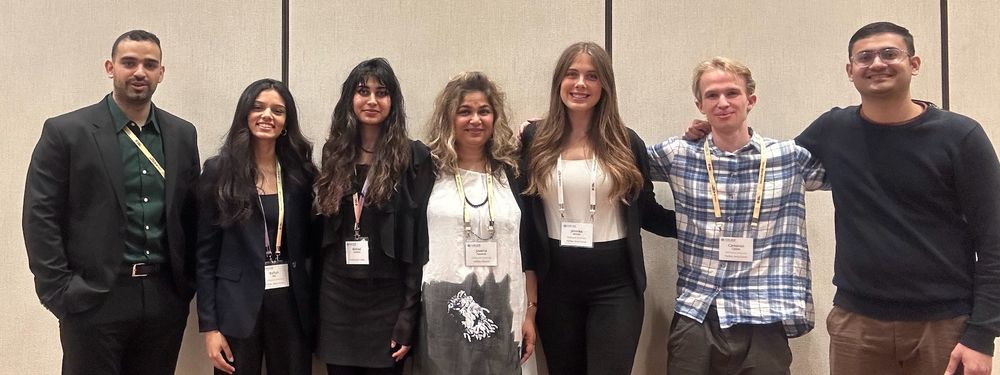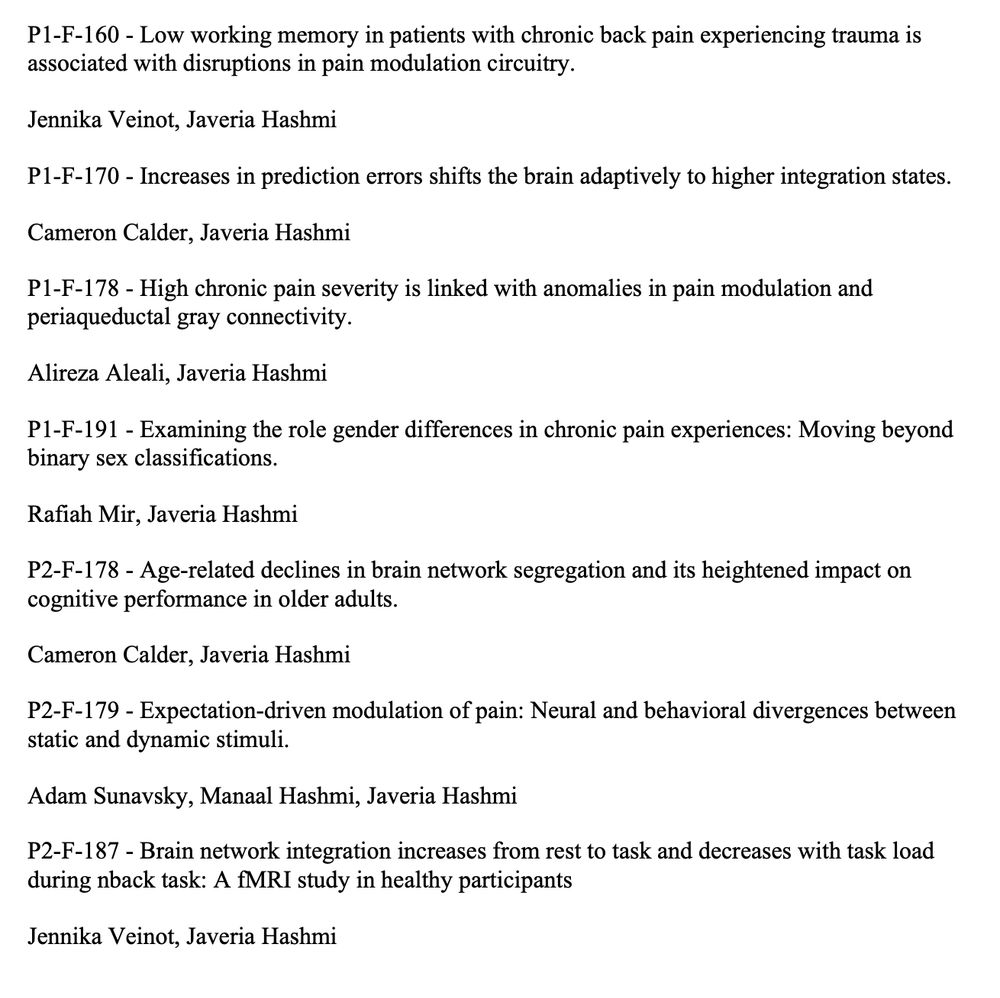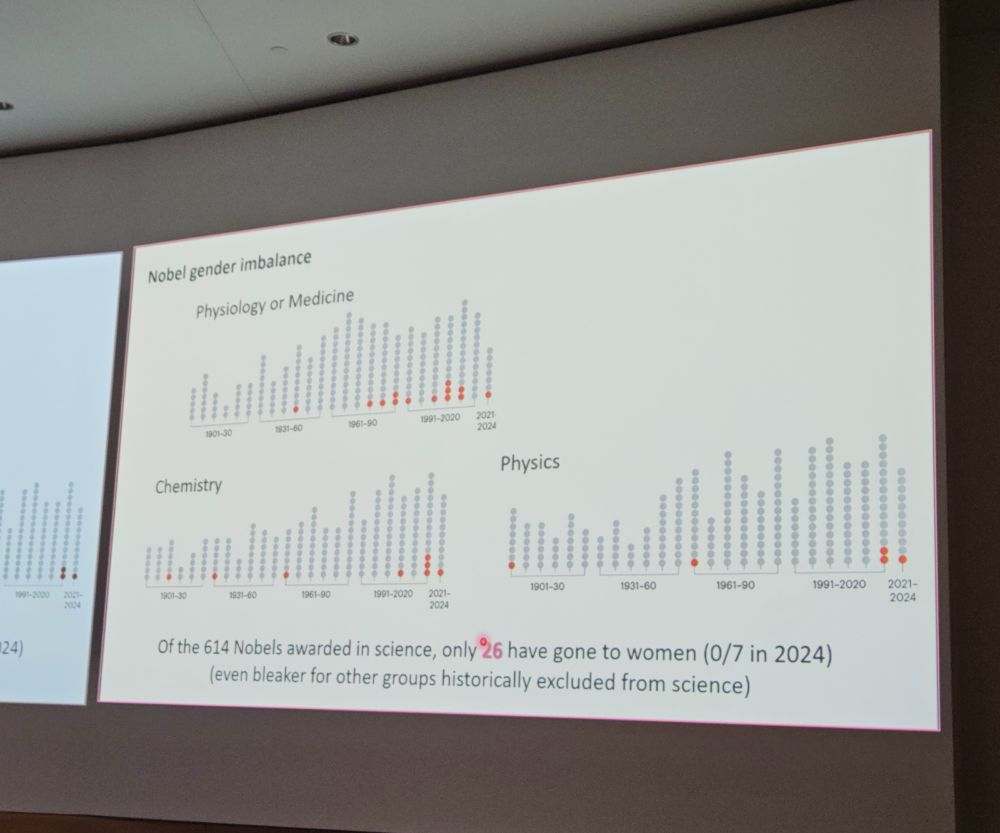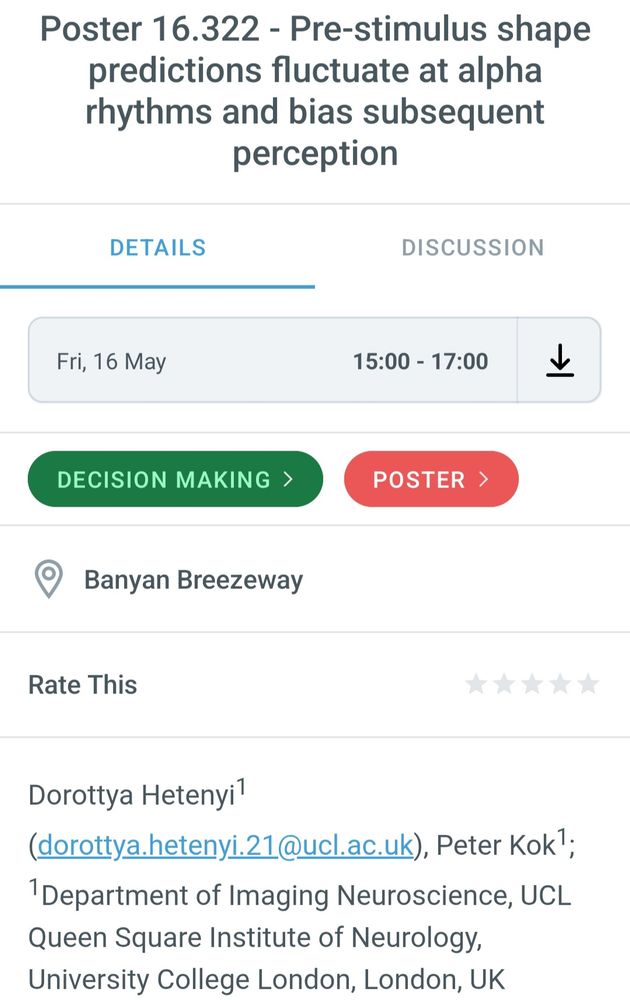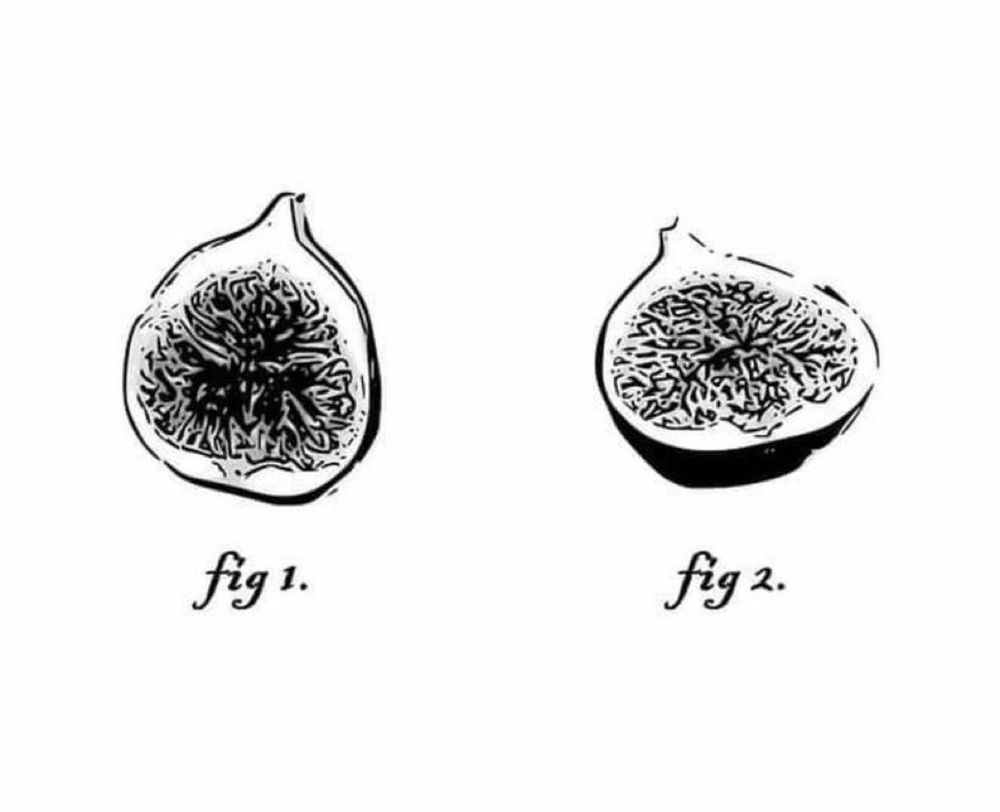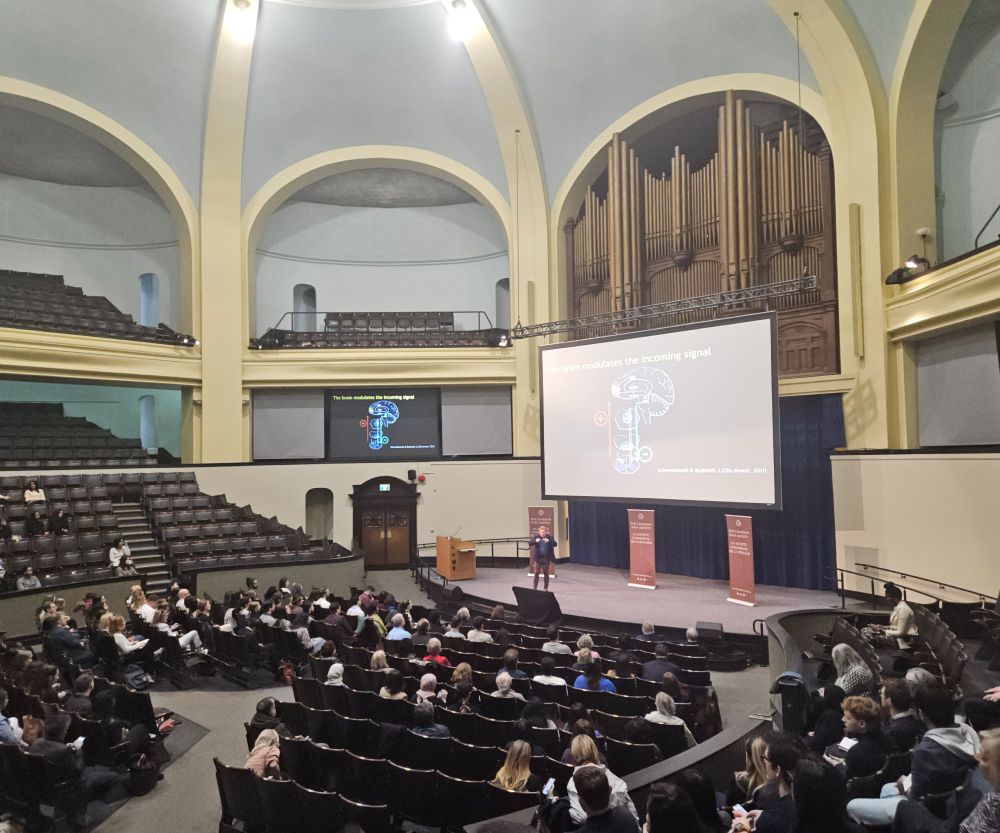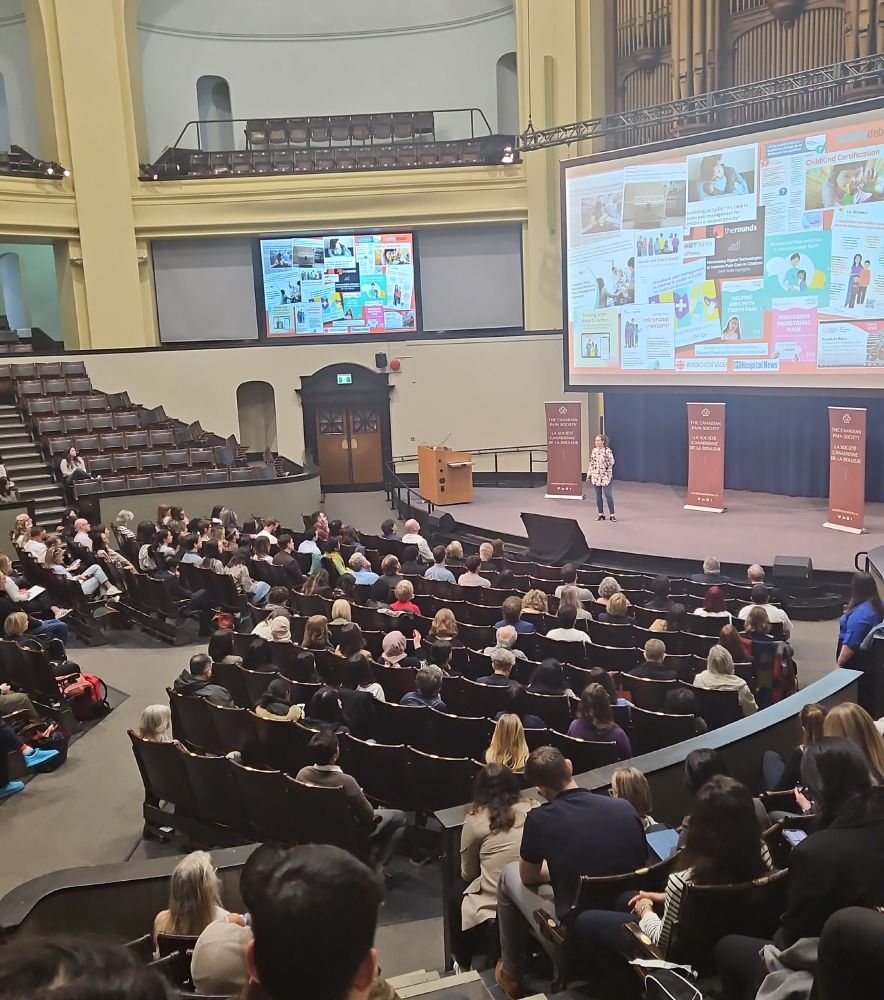Javeria Hashmi
@netphys.bsky.social
1.4K followers
2.6K following
110 posts
Neuroscientist: pain perception, human neuroimaging, networks and graphs, cautious Neuro AI, clinical translation
Posts
Media
Videos
Starter Packs
Pinned
Javeria Hashmi
@netphys.bsky.social
· Mar 4
Javeria Hashmi
@netphys.bsky.social
· Jun 14
Javeria Hashmi
@netphys.bsky.social
· Jun 14
Reposted by Javeria Hashmi
Reposted by Javeria Hashmi
Michael Pereira
@meaperei.bsky.social
· Jun 1

Subcortical correlates of consciousness with human single neuron recordings
Subcortical brain structures contain neurons encoding subjective reports of stimulus detection in human participants, suggesting a role for conscious perception.
elifesciences.org
Reposted by Javeria Hashmi
Javeria Hashmi
@netphys.bsky.social
· May 16
Reposted by Javeria Hashmi
Reposted by Javeria Hashmi
Reposted by Javeria Hashmi
Hugo Spiers
@hugospiers.bsky.social
· May 15
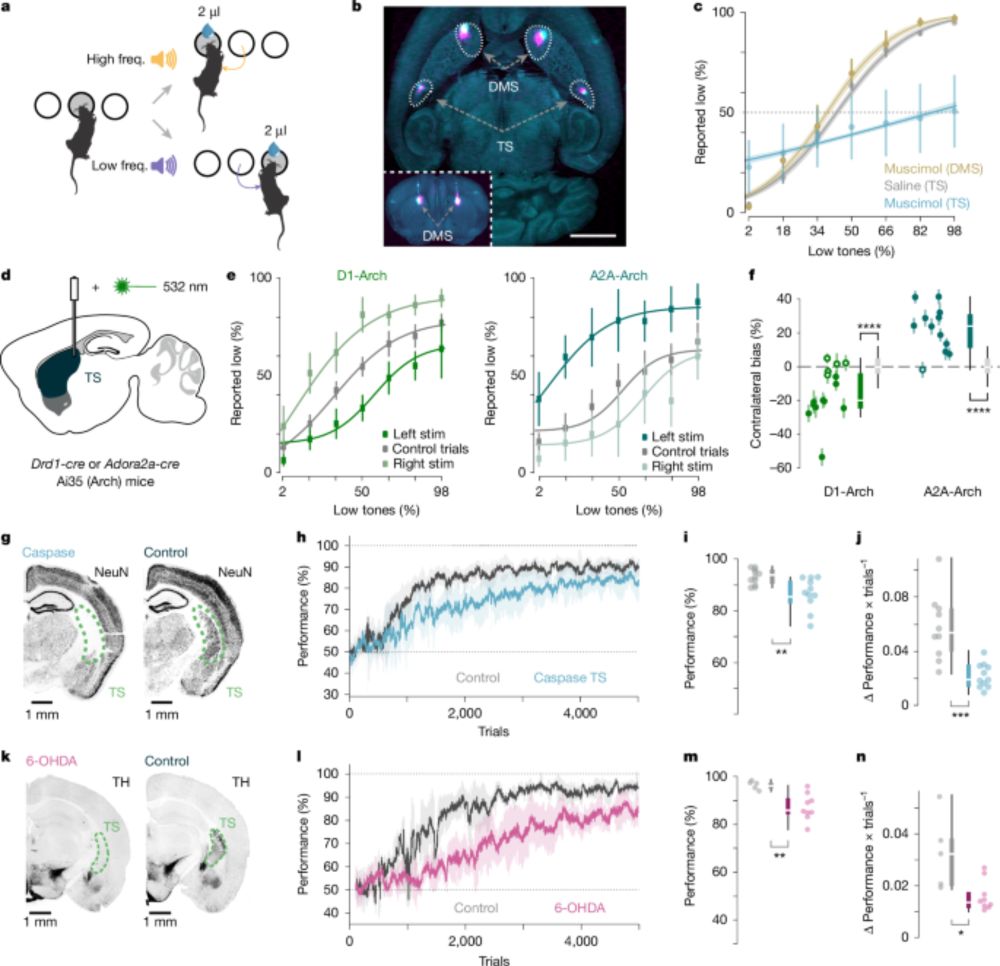
Dopaminergic action prediction errors serve as a value-free teaching signal - Nature
Dopaminergic action prediction error signals are used by mice as a value-free teaching signal to reinforce stable sound–action associations in the tail of the striatum.
www.nature.com
Javeria Hashmi
@netphys.bsky.social
· May 12
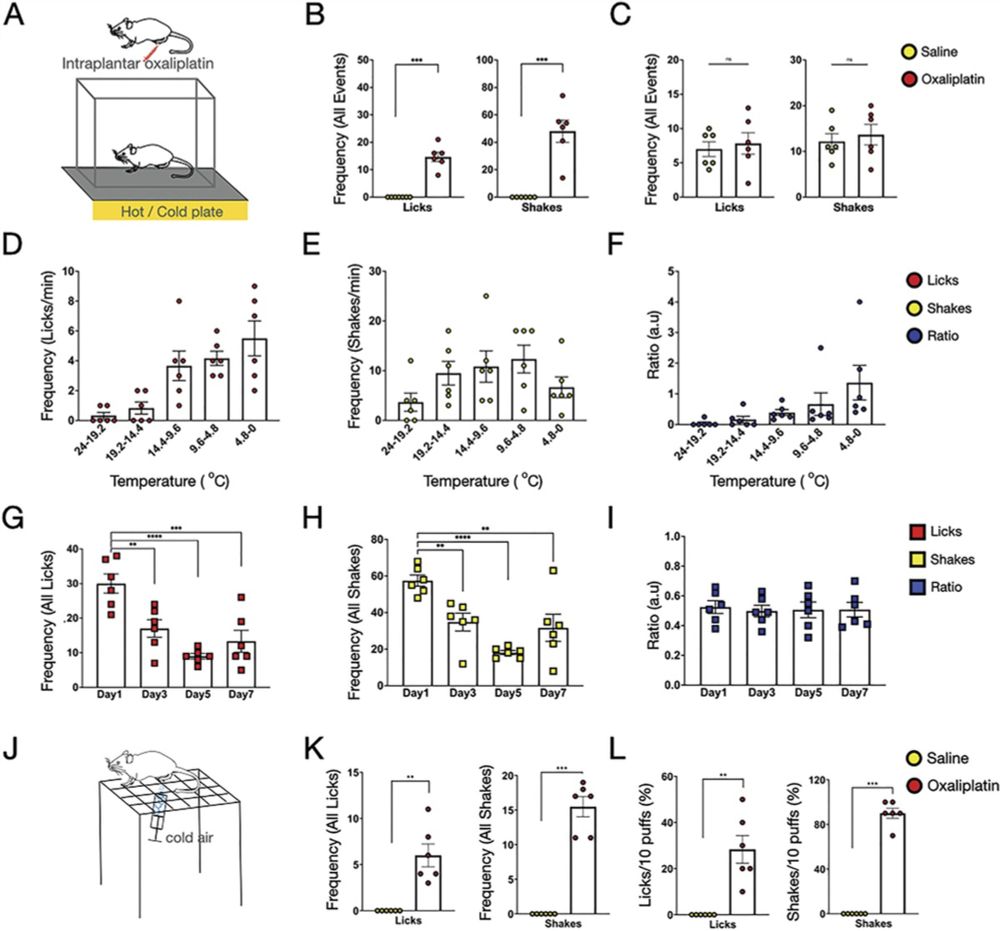
Converging inputs compete at the lateral parabrachial... : PAIN
areas is a behavioral coping mechanism and it is sensitized in chronic pain. Hence, we have focused on delineating the brain circuits mediating licking in mice with chemotherapy-induced peripheral neu...
journals.lww.com
Reposted by Javeria Hashmi
Reposted by Javeria Hashmi
Javeria Hashmi
@netphys.bsky.social
· Apr 29
Reposted by Javeria Hashmi
Toshi Furukawa
@toshi-frkw.bsky.social
· Apr 23
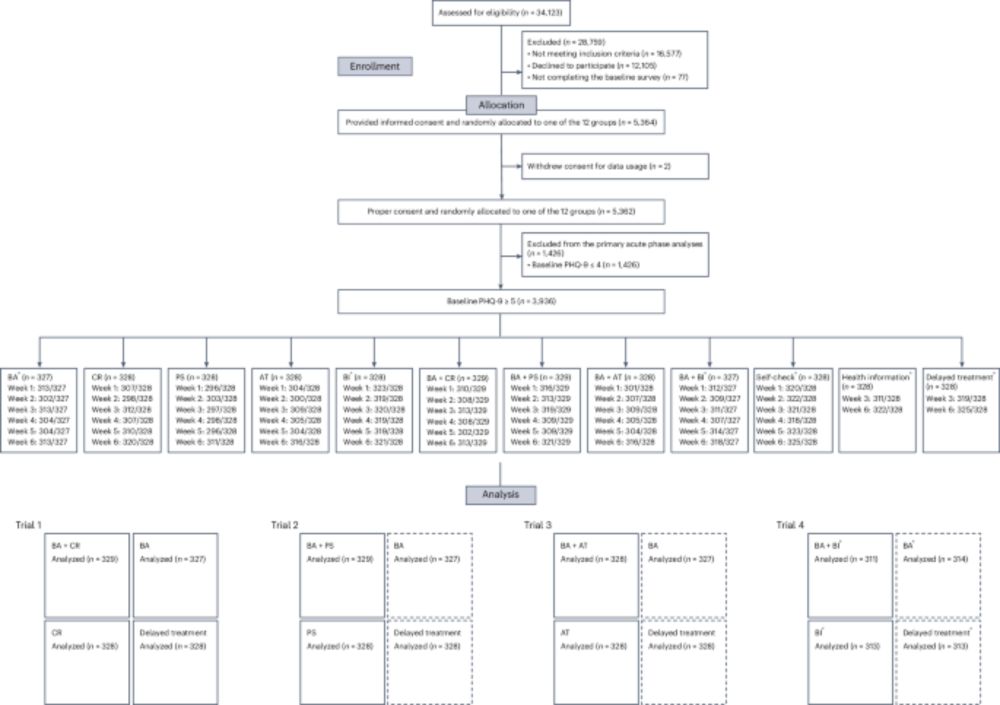
Cognitive behavioral therapy skills via a smartphone app for subthreshold depression among adults in the community: the RESiLIENT randomized controlled trial - Nature Medicine
A trial that used a master randomized design found that the skills commonly found in smartphone-based cognitive behavioral therapy, when tested alone or in combination with behavioral activation, were...
www.nature.com
Javeria Hashmi
@netphys.bsky.social
· Apr 22
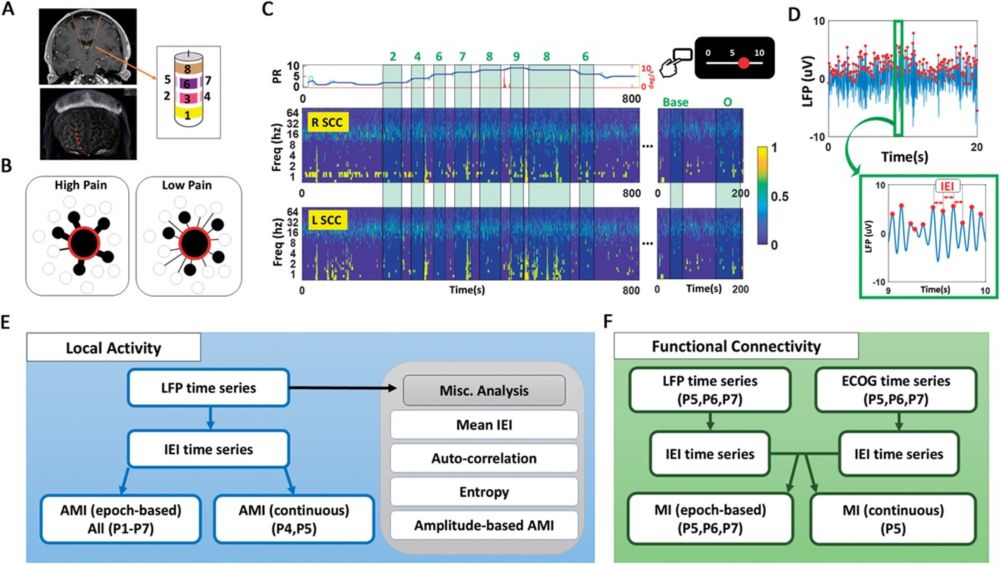
Spontaneous pain dynamics characterized by stochasticity in ... : PAIN
ocal field potentials (LFPs) from pain-processing hub structures, including the ventral posteromedial nucleus of the thalamus, subgenual cingulate cortex, and periventricular and periaqueductal gray, ...
journals.lww.com
